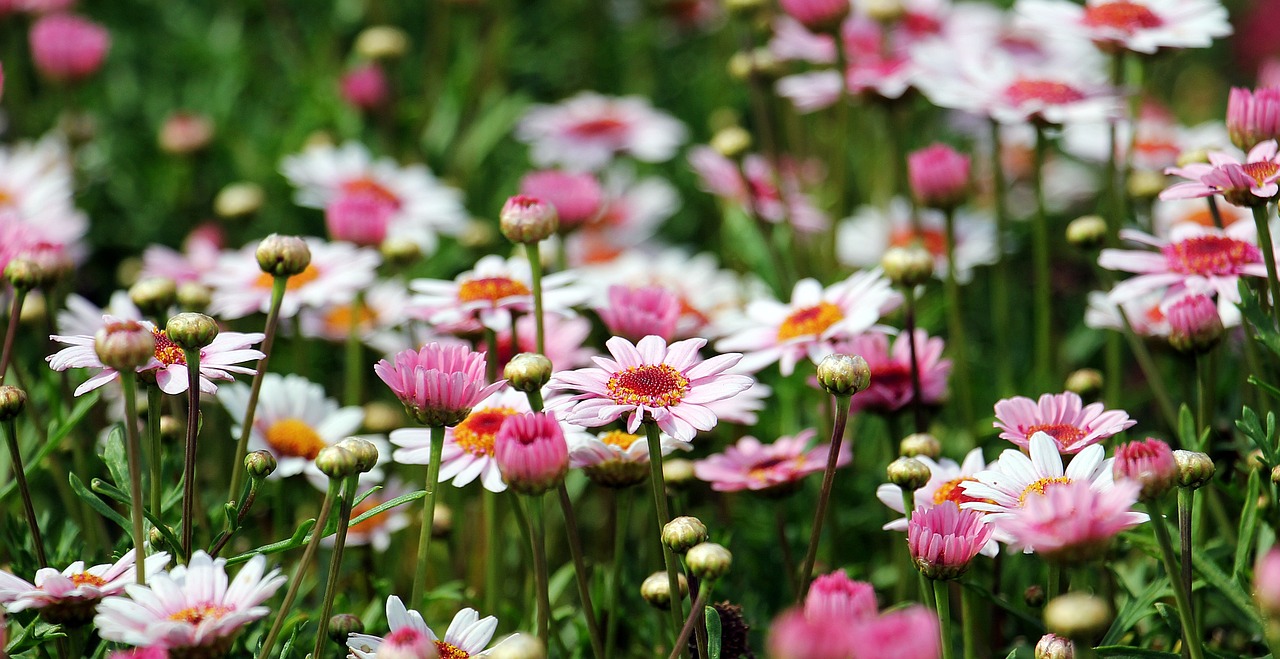
Creating a stunning flower garden requires careful planning and consideration, especially when it comes to selecting the right plants for your specific climate zone. If you find yourself residing in Zone 6, you’re in luck! In this comprehensive guide, we will delve into the intricacies of the Zone 6 planting schedule for a truly breathtaking flower garden. From colorful perennials to dazzling annuals, we will explore a wide array of plant options suited to this region’s unique climate. So, grab your gardening gloves and let’s embark on a journey of floral splendor!
Understanding Zone 6
Before we go into the planting schedule, it’s important to understand what Zone 6 is. Zone 6 is characterized by cold winters and mild summers, with an average minimum temperature of -10 to 0 degrees Fahrenheit. This means that certain plants may not survive the harsh winter months, so it’s important to choose plants that are hardy enough to withstand the cold.
Choosing the Right Plants
When selecting plants for your Zone 6 garden, it’s important to choose varieties that are well-suited to the climate. Some popular options include:
- Tulips: These hardy bulbs are perfect for Zone 6 gardens and come in a variety of colors and sizes.
- Daffodils: Another popular bulb, daffodils are easy to grow and add a pop of color to any garden.
- Peonies: These beautiful flowers come in a range of colors and bloom in late spring to early summer.
- Black-eyed Susans: These bright yellow flowers are a great addition to any garden and bloom from mid-summer to early fall.
- Coneflowers: These hardy perennials come in a range of colors and bloom from mid-summer to early fall.
Zone 6 Planting Schedule for a Gorgeous Flower Garden
| Flower | Seed Starting Indoors | Transplant Outdoors | Direct Sow Outdoors | Bloom Time | Sun Needs |
|---|---|---|---|---|---|
| Ageratum | March – April | May – June | April – May | Summer – Fall | Full sun |
| Calendula | March – April | May – June | April – May | Summer – Fall | Full sun |
| Cosmos | – | May – June | May – July | Summer – Fall | Full sun |
| Impatiens | March – April | May – June | May – July | Summer – Fall | Shade to partial shade |
| Marigold | April | May – June | May – July | Summer – Fall | Full sun |
| Pansy | – | March – April | April – May | Spring – Fall | Full sun to partial shade |
| Petunia | March – April | May – June | May – July | Summer – Fall | Full sun |
| Salvia | March – April | May – June | May – July | Summer – Fall | Full sun |
| Snapdragon | March – April | May – June | May – July | Summer – Fall | Full sun |
| Sunflower | – | May – June | May – July | Summer – Fall | Full sun |
| Zinnia | April | May – June | May – July | Summer – Fall | Full sun |
Springtime Blossoms: Early Season Planting (March – April)
As the frosty grip of winter begins to recede, Zone 6 gardeners can embrace the arrival of spring and commence their flower garden preparations. Here are some early-season planting options to consider:
- Daffodils (Narcissus spp.): These cheerful yellow flowers bring a burst of sunshine to any garden. Plant the bulbs in well-draining soil before the last frost for a delightful display of blooms.
- Tulips (Tulipa spp.): With their strikingly vibrant petals, tulips are a staple in spring gardens. Plant them in late fall or early spring for a captivating spectacle of colors.
- Pansies (Viola spp.): These cold-tolerant annuals thrive in Zone 6 during the early spring months. Their velvety petals come in a wide range of hues, adding charm and beauty to your garden beds.
Summer Splendor: Mid-Season Planting (May – June)
As the days grow longer and the temperatures rise, it’s time to introduce a new wave of blossoms to your Zone 6 flower garden. Consider these mid-season planting options:
- Black-eyed Susans (Rudbeckia spp.): These native wildflowers are a popular choice for their golden-yellow petals and dark centers. They thrive in full sun and well-drained soil.
- Coneflowers (Echinacea spp.): Known for their daisy-like blooms and prominent center cones, coneflowers are a favorite among pollinators. Plant them in fertile soil and provide ample sunlight for optimal growth.
- Zinnias (Zinnia spp.): With their vibrant colors and long-lasting blooms, zinnias are a summer garden must-have. Choose from a range of varieties, including dwarf, tall, or cactus-flowered types, to suit your preferences.
Autumn Allure: Late-Season Planting (September – October)
As summer gives way to autumn’s crisp embrace, your Zone 6 flower garden can continue to flourish with the following late-season planting options:
- Chrysanthemums (Chrysanthemum spp.): These fall-blooming beauties add a splash of color to any garden. Plant them in well-draining soil and provide regular watering to ensure vibrant blooms.
- Asters (Aster spp.): With their daisy-like flowers and captivating shades of purple, pink, and white, asters are a delightful addition to autumn gardens. They thrive in full sun to partial shade.
- Sedums (Sedum spp.): These hardy perennials offer unique textures and colors, making them ideal for late-season interest. Their succulent leaves and clusters of star-shaped flowers add a touch of elegance to any garden.
Creating a gorgeous flower garden in Zone 6 is possible with the right planning and attention to detail. By choosing the right plants, creating a planting schedule, and maintaining your garden throughout the season, you can have a garden that blooms all season long. Use this ultimate Zone 6 planting schedule as a guide to create your own stunning flower garden.
